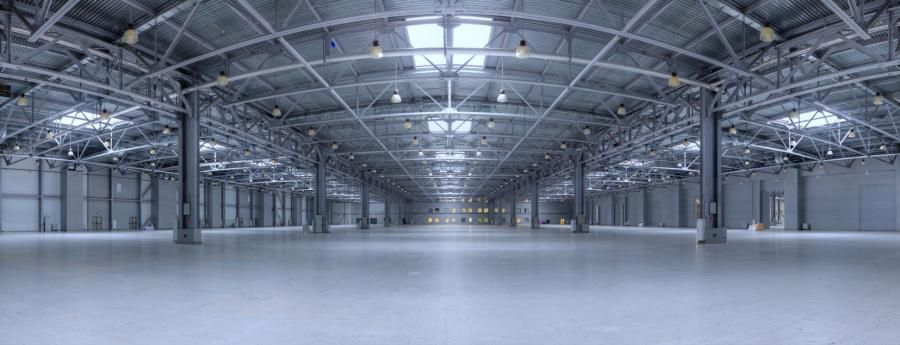Interoperability: What it is, and why it matters in the age of automation
We are now living in a digital world. E-commerce consumers expect goods to be delivered faster and more flexibly than was the case just a couple of years ago. Organizations, retailers, and their warehouse service providers therefore need to find new ways to move, store, and dispatch goods with agility and accuracy. Add the widespread shortage of labor and you have an indisputable case for automated solutions to meet the myriad of challenges.
Those automated solutions need to be agile, too. As warehouse and distribution facilities adapt to sophisticated customer requirements, they need specialized automated support for each task – from forklifts and high-reach trucks to Autonomous Mobile Robots (AMR) and Automated Guided Vehicles (AGV). Such technology is already helping forward-thinking warehouse teams across the globe to receive, store, move, and ship items faster and more accurately than ever before.
Single Source of Control
There are challenges, though. Automated vehicles and systems are likely to have been sourced from different vendors, each with varying operating standards and ownership agreements, as well as separate control systems. That complexity is not ideal for an end user or hard-pressed warehouse manager looking for ease of use and eventual upgrade, as well as a single go-to control and support mechanism for the entire fleet.
Interoperability could cure this headache with the capability to unify the control and flow of all fleet hardware in a single easy-to-use interface. The benefits for the user are even faster, slicker flow management operations.
Proven Global Expertise




